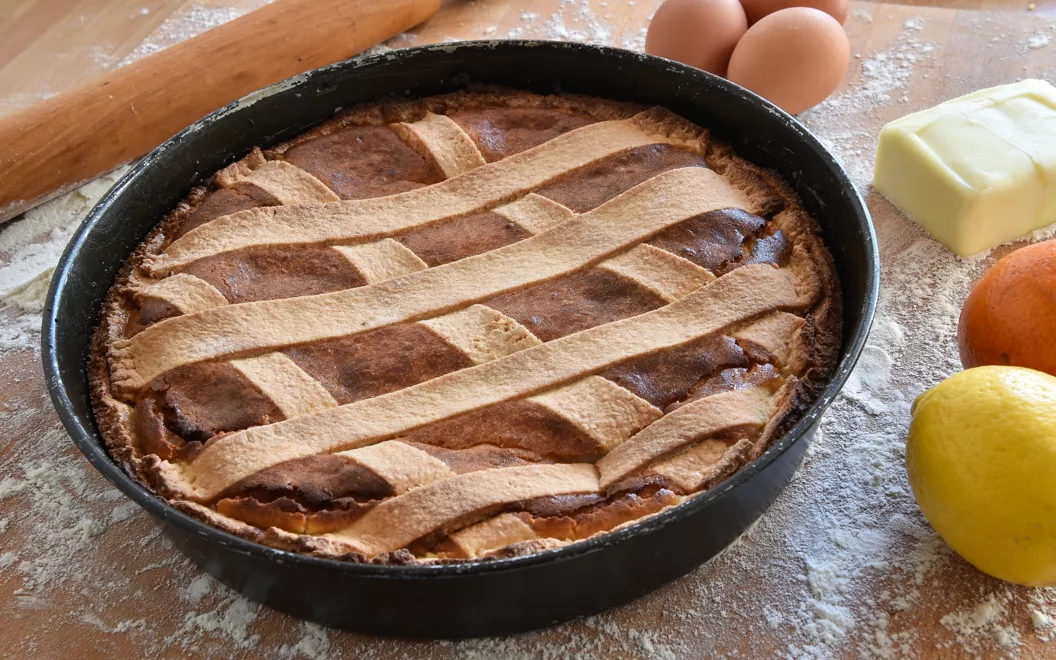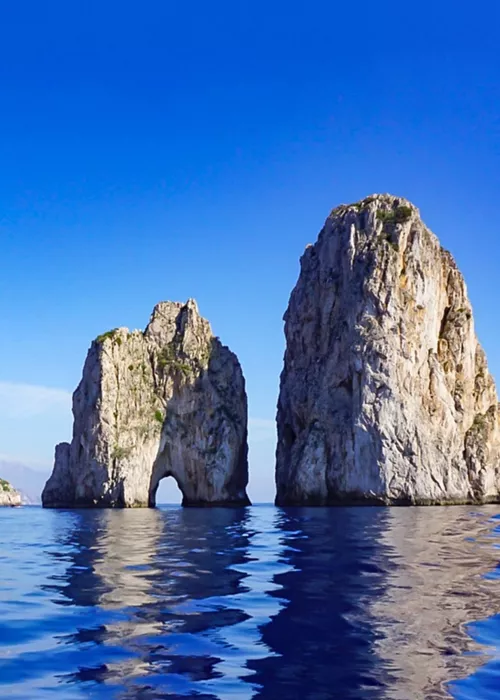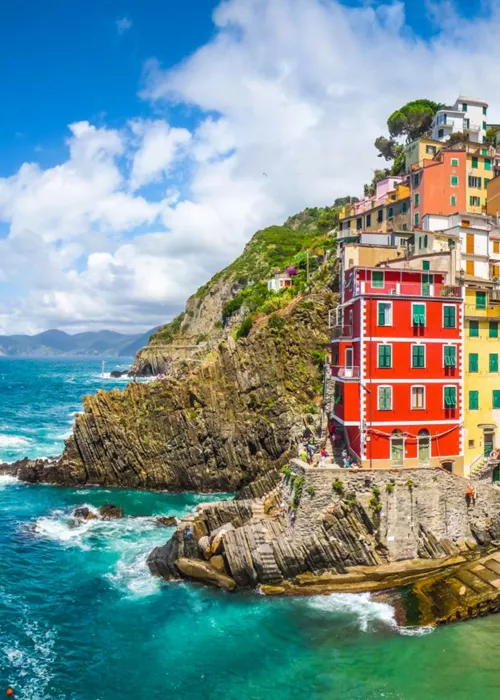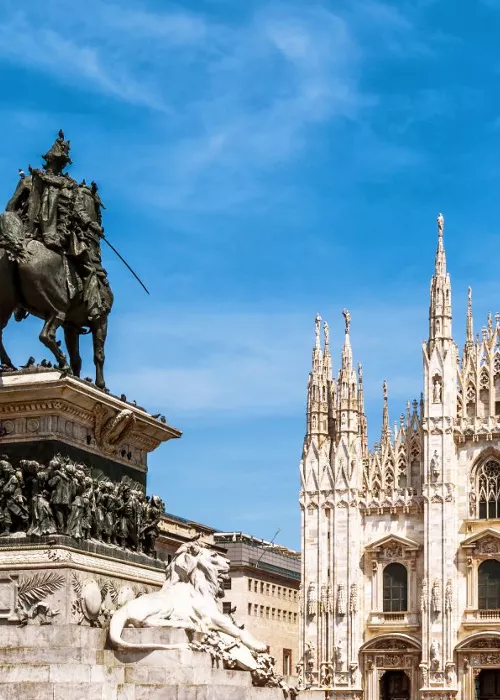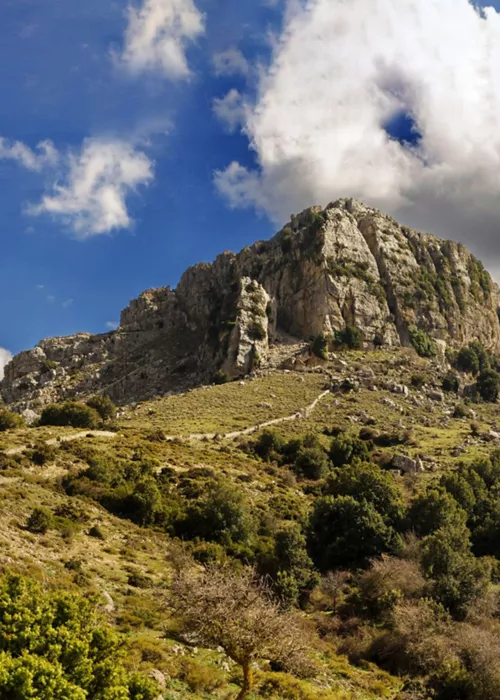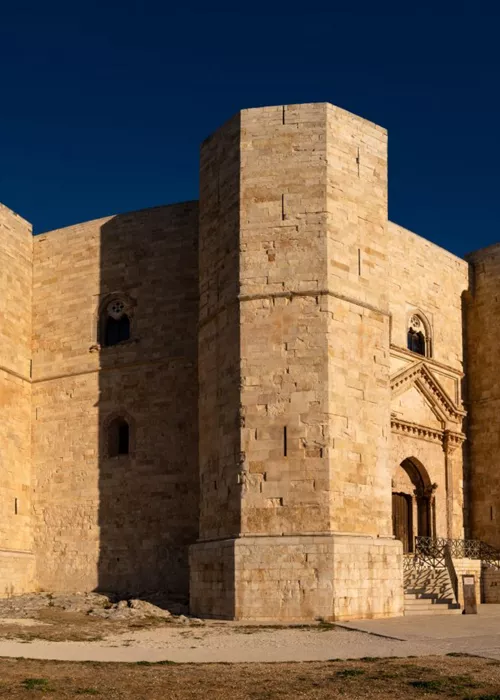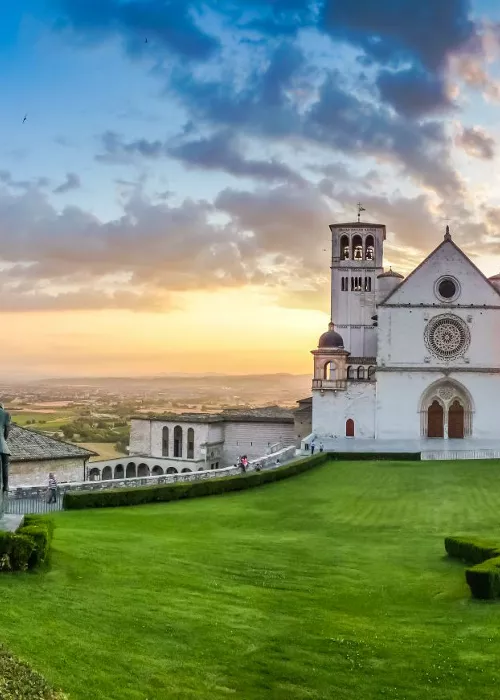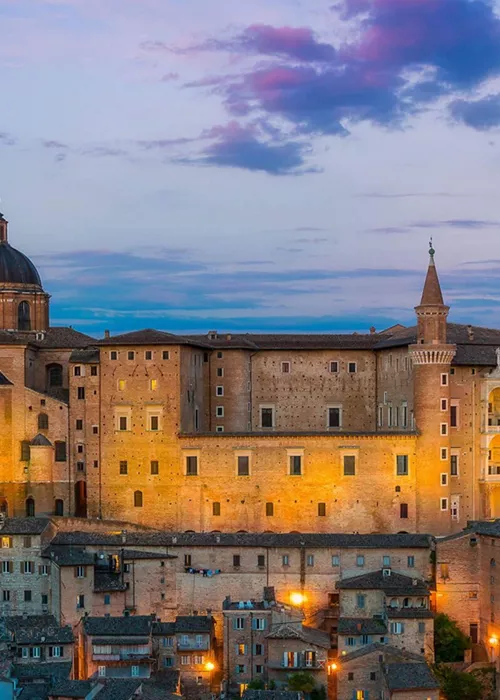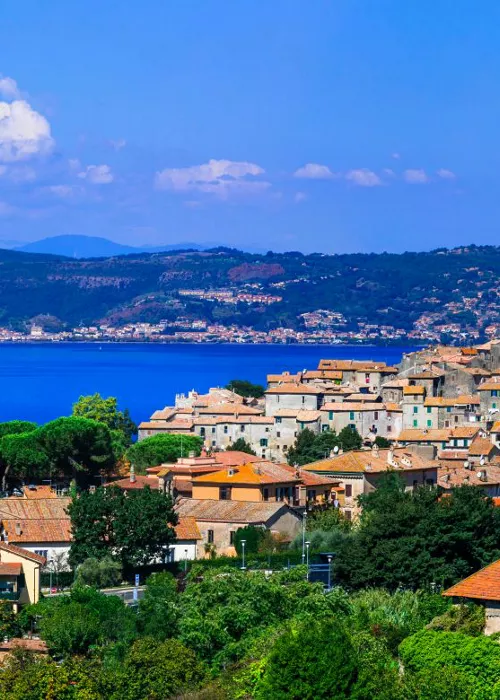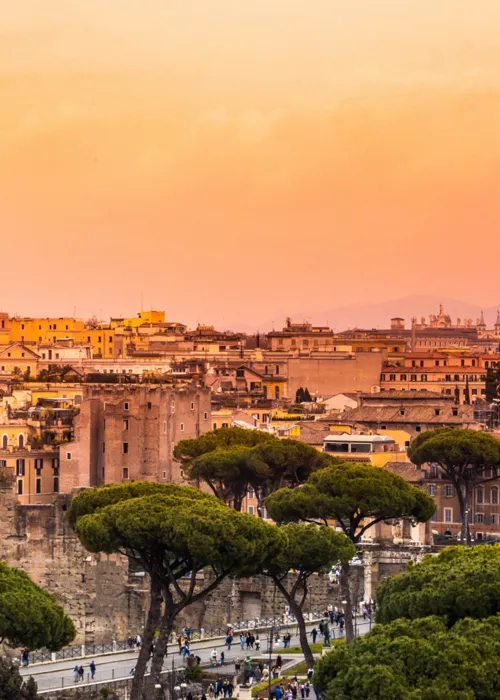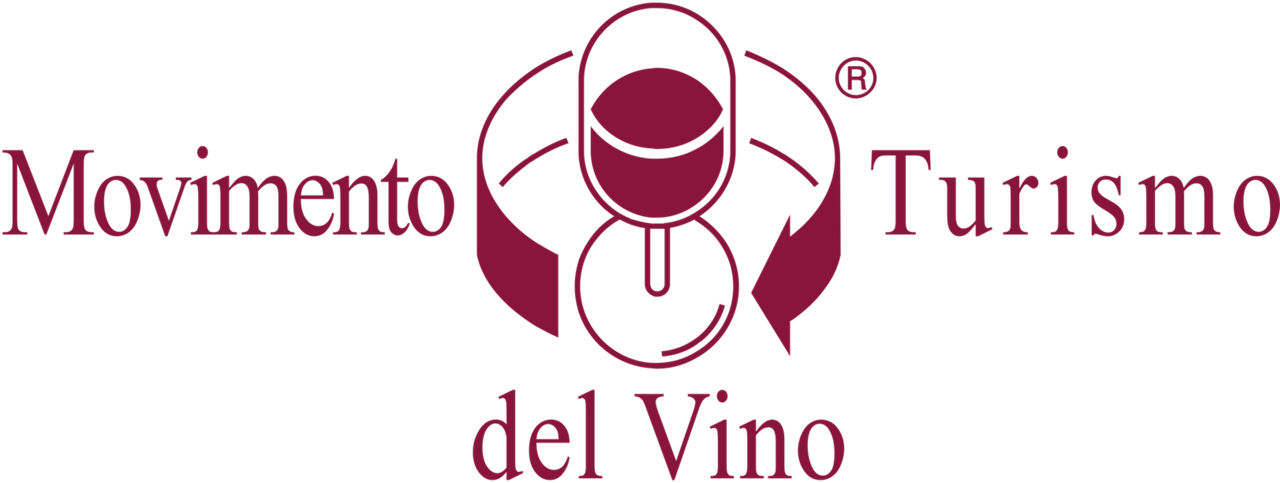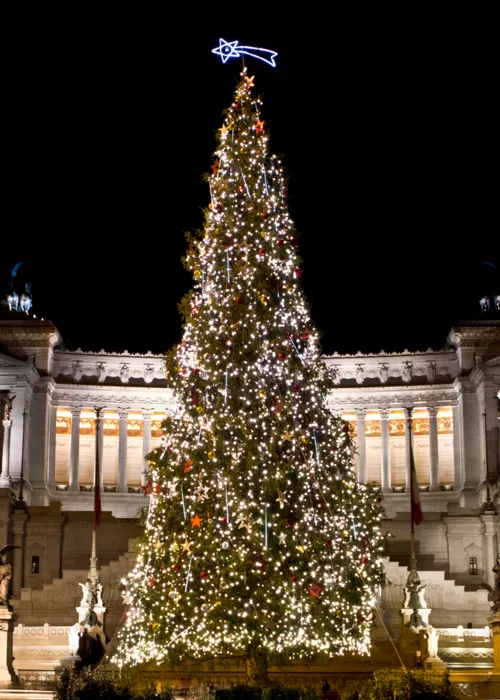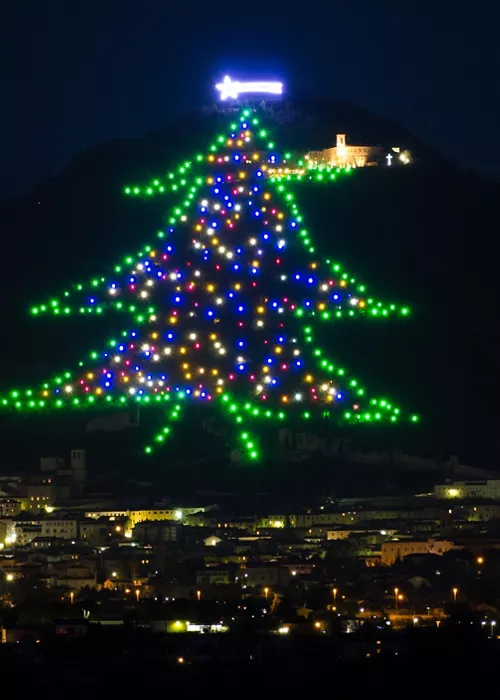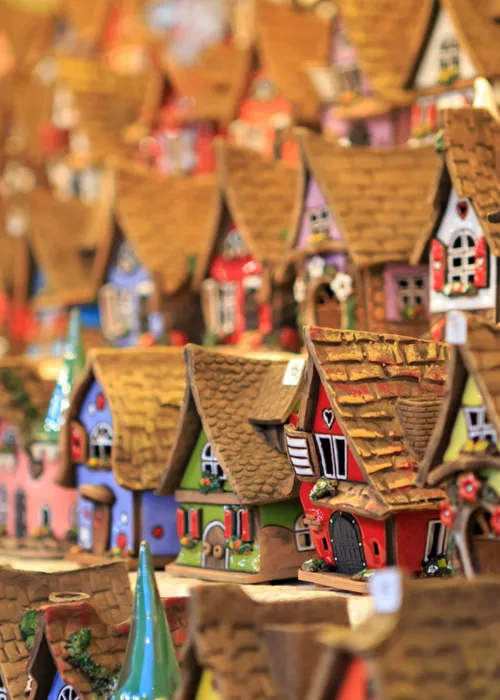What’s on the menu at Easter in Italy: here’s all the dishes you shouldn’t miss out on
4 minutes
Index
From homemade pasta, lamb and traditional desserts, at Easter in Italy the meals are richer than usual. From Lombardy to Liguria, from Campania to Puglia, in Umbria, Abruzzo, Marche, Lazio and Sardinia, Easter traditions are a serious matter, especially when it comes to food.
Curious to find out what you eat at Easter in Italy? Here’s a selection, from sweet to savory, of the best typical Easter dishes.
The Neapolitan pastiera is the queen of Campania
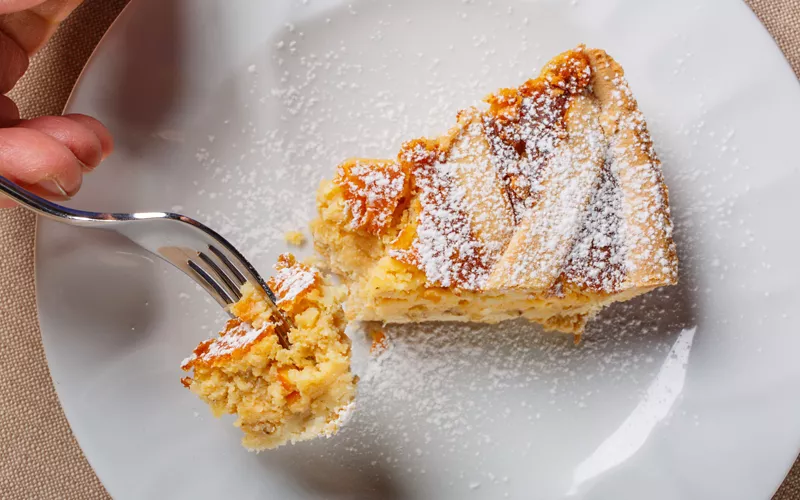
One of the most loved Neapolitan Easter deserts known throughout Italy, the Neapolitan pastiera tart requires a bit of time to prepare at home. It’s renowned for its unmistakable taste. The queen of the table at Easter in Naples, this dessert has its origins rooted in legend. The history of the Neapolitan pastiera, linked to the cult of the Roman divinity Ceres, was officially noted in 1693, when Its recipe (with multiple steps) was put in black and white in the book Lo scalo alla moderna by Antonio Latini. Including ingredients such as Parmesan, pistachios and marzipan, then perfected over the following centuries.
Today the ingredients of the Neapolitan pastiera are few and simple: shortcrust pastry, wheat cooked in milk, ricotta and eggs, but it is the long process that makes it a gastronomic masterpiece which, fortunately, can also be found on Italian tables in other periods of the year.
In Liguria, try the Easter torta pasqualina
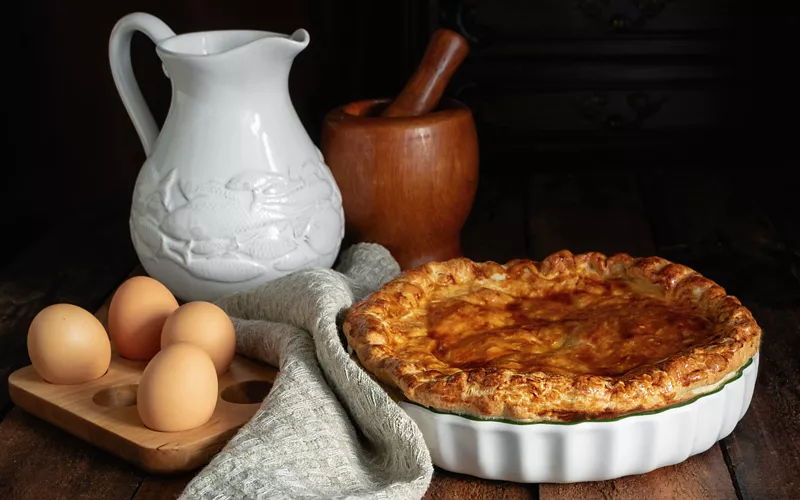
On the typical Easter menu in Genoa, and throughout Liguria, there is a savory delight that never fails: the torta Pasqualina, a puff pastry stuffed with spinach, ricotta, cheese and whole eggs.
The original recipe of the Pasqualina tart, perfected in 1800, involves the use of 27 very thin sheets of pastry dough, but according to tradition, the layers were as many as 33, from the number of years of Christ to the moment of death and resurrection which is commemorated just at Easter.
However, the ingredients of the Torta Pasqualina vary from area to area. There are those who prepare it with chard instead of spinach, those who use wild greens or artichokes, but ricotta cheese and eggs are constants that you will find in all the variations.
The Neapolitan casatiello: in Campania there’s also a savory delight with a long tradition
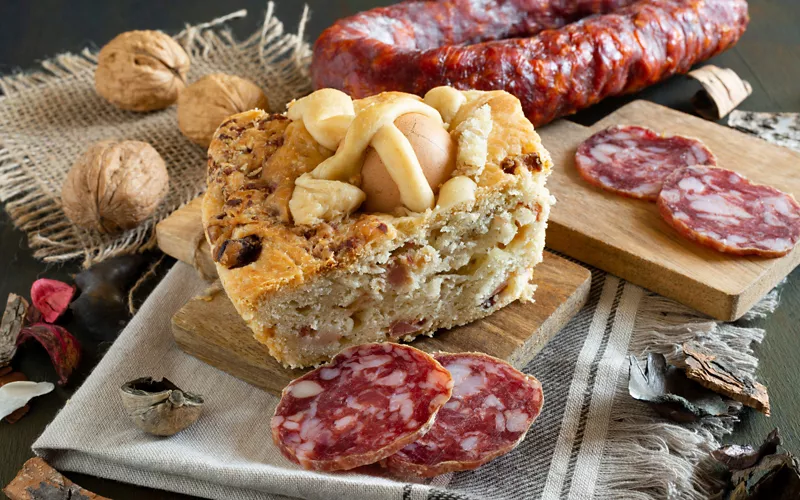
In addition to the pastiera, there is another specialty that is always present on the Campania Easter menu: the Neapolitan casatiello, a savory donut shaped bread filled with cheese, salami, pork cracklings and eggs. The history of the casatiello dates back with its first official mentions in 1600, in a fable by Giambattista Basile where it’s mentioned alongside the pastiera.
Lesser food experts could confuse it with the tortano, another great presence on the Easter tables. What is the difference between the tortano and the casatiello? The two dishes have the same shape and many ingredients, but the original recipe of the casatiello also calls for the addition of salami, and the egg is used, in its shell, on the top as a decoration.
The Colomba Pasquale, the Easter dove with origins in Lombardy
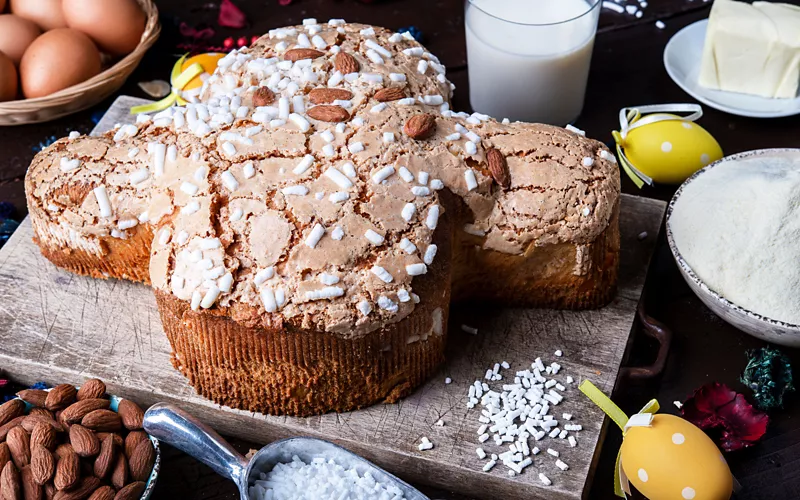
The colomba pasquale is a common dessert throughout Italy during Easter, a bit like Pandoro and Panettone cakes at Christmas, although it is a traditional Lombard Easter dessert.
The origin of the colomba pasquale is often linked to the Longobard era, but the recipe we know today is the result of a Milanese confectionary company which in the early 1900s decided to use the same dough as the panettone and the same machinery to make it similar, but in the shape of a dove. Faced with this information it’s legitimate to ask: what is the difference between a panettone and a colomba? In addition to the shape, the dove has a crust with sugar sprinkles, egg whites and almonds and does not contain raisins inside.
Sweet and savory Pardulas capture the scents of Sardinia
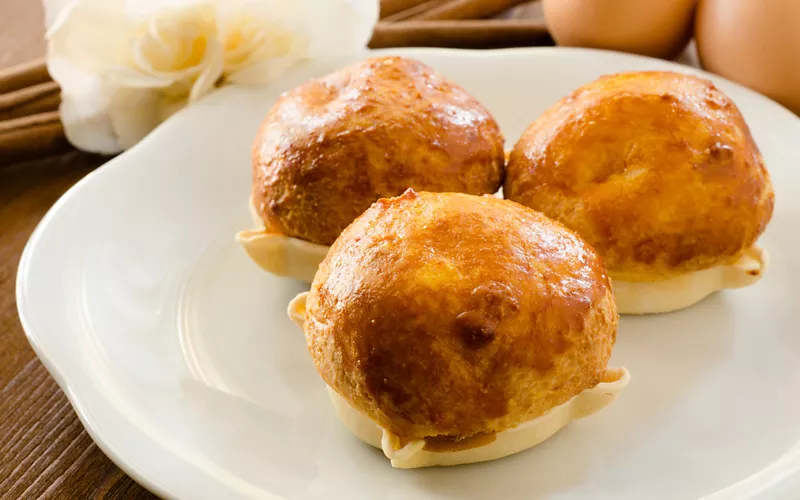
Pardulas are Sardinian Easter cakes made with sheep's milk ricotta, saffron and lemon zest, the dough that holds the pardula ingredients is made with wheat semolina.
Ricotta pardulas are very common in their sweet version, often decorated with honey or colored sprinkles, but if you visit Sardinia during Easter, you’ll also easily find savory pardulas, filled with pecorino cheese and aromatic herbs.
The scarcelle of Apulia, different shapes but the same unique taste
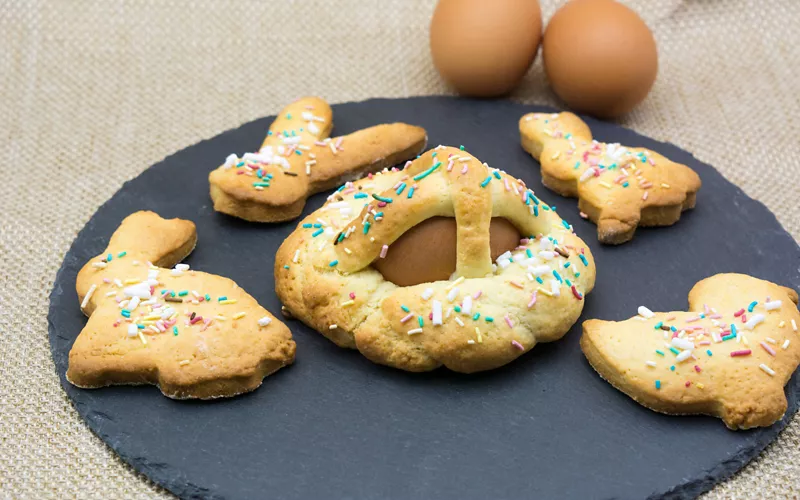
The egg is the main ingredient of Easter scarcelle, an Apulian Easter dessert made from shortcrust pastry with a delicious icing decorated with colored sprinkles.
The shape of the scarcelle varies from area to area, but according to the Foggia tradition they must have a circle shape with an egg, complete with shell positioned in the center. It’s now easy to find scarcelle in the shape of rabbits, doves or baskets, but always covered by the unmistakable icing.
Easter pizza unites Umbria, Abruzzo, Marche and Lazio
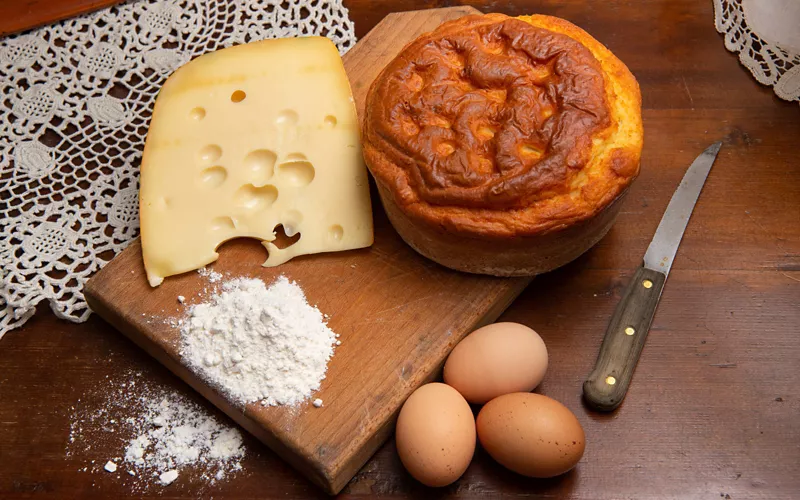
The regions of central Italy share a gastronomic tradition during the Easter period, widespread in Umbria, Lazio, Marche and Abruzzo, known as pizza or crescia di Pasqua.
Don't let the name fool you, it's not a typical pizza, but a leavened salted bread enriched with pecorino and parmesan, served with hard-boiled eggs or cold cuts typical of these territories. “Pizza pasquale” also exists in a sweet version, with or without candied fruit, covered with a meringue glaze and decorated with colored sugar pearls.

